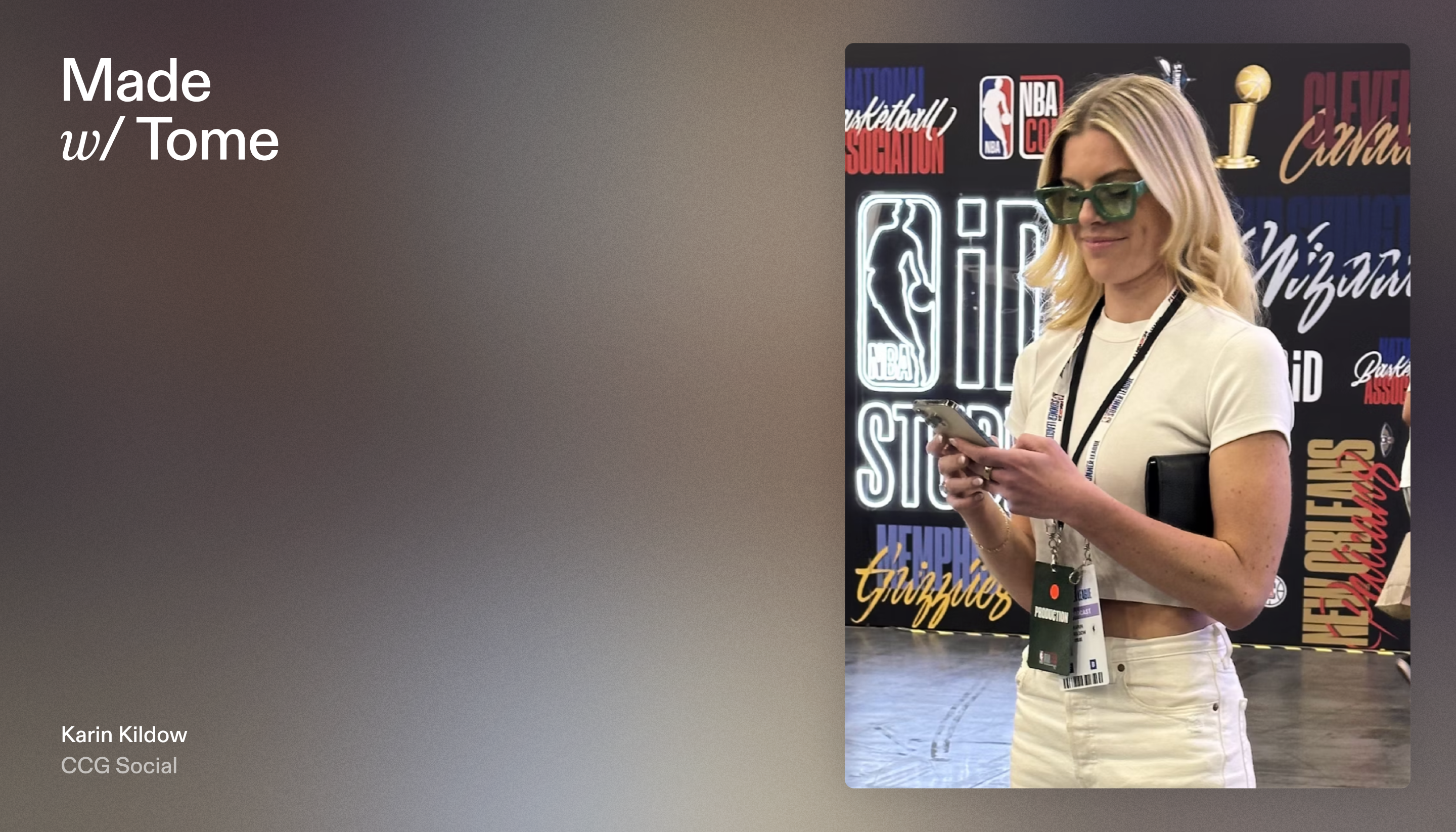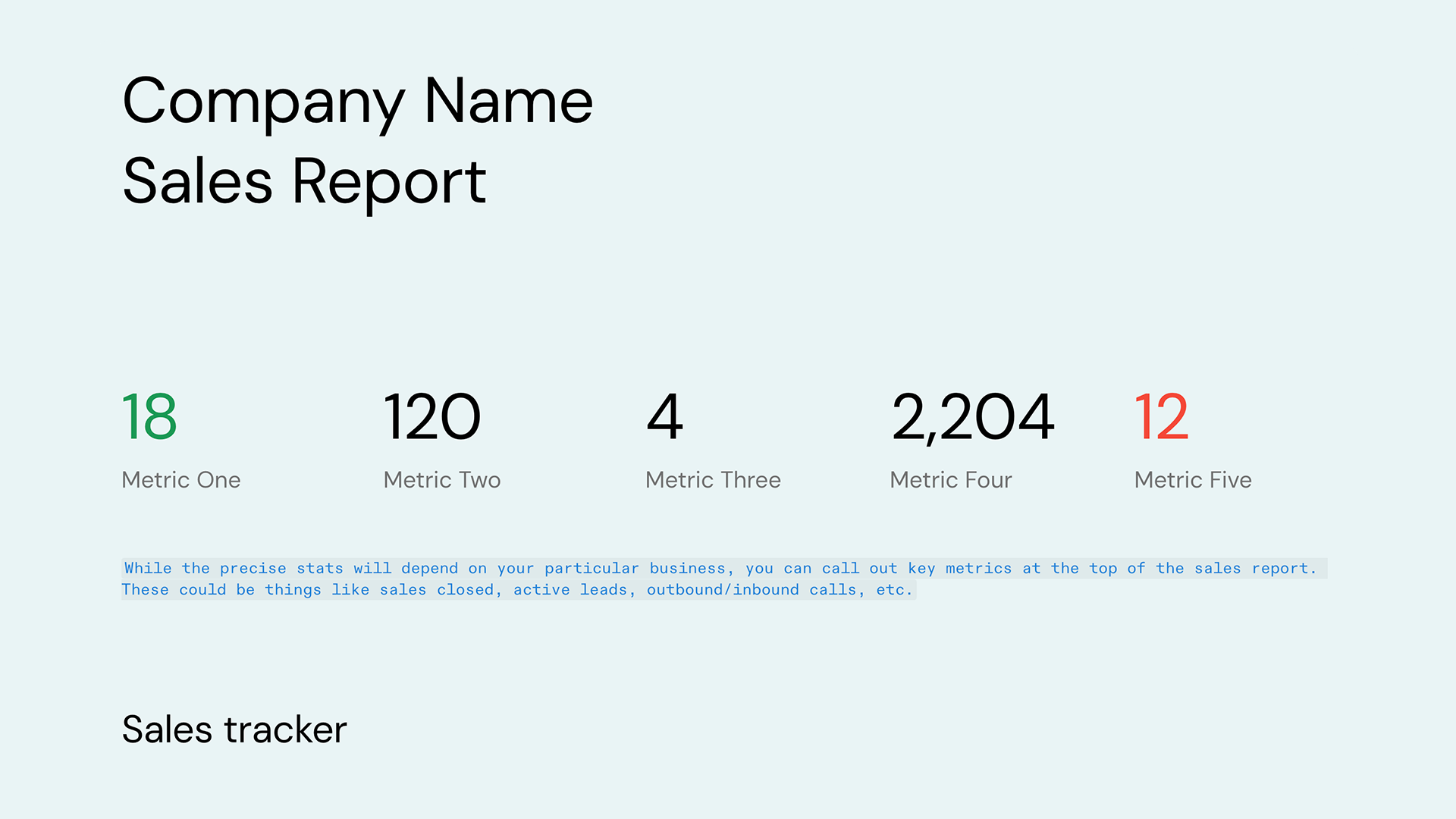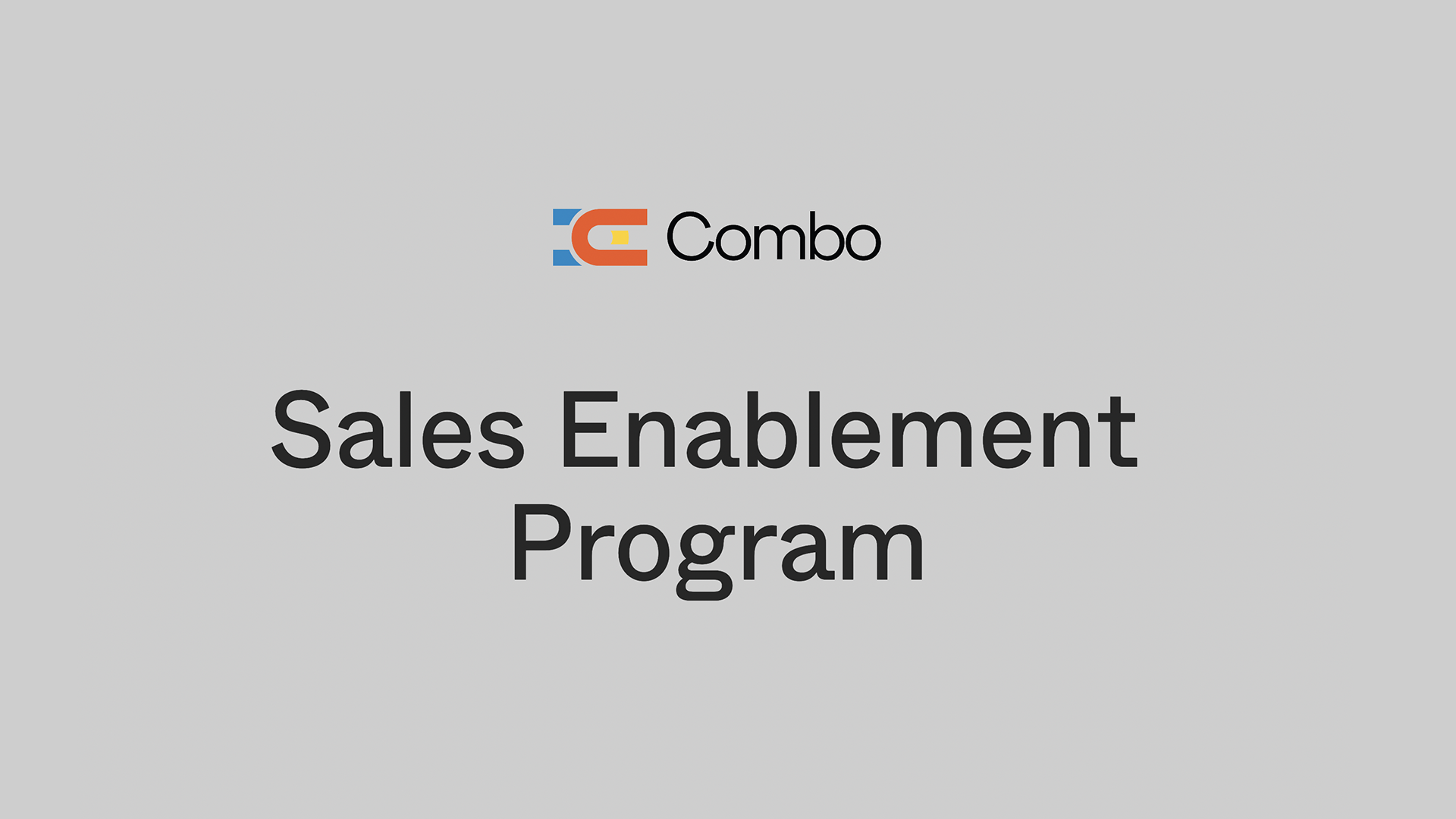Tips of the trade
How Sales Leaders are Using Generative AI to Train Their Teams
Sales leaders are using AI to create materials, allow reps to role play, and offer personalized coaching.

Generative AI is making waves across the workforce, but the application that’s often top-of-mind is content creation and storytelling—think: drafting sales emails and honing pitches. In fact, according to a 2023 Salesforce report, this is one of the most common uses of AI among salespeople—along with data analysis and automating personalized communications.
But generative AI has the potential to improve many more sales team workflows, including onboarding and training—an area in need of attention from sales leaders in remote or hybrid environments. According to a 2022 Allego survey, 39% of sales leaders say remote work has rendered their onboarding process obsolete, and only 26% say their onboarding process is customized to adjust to a new hire’s strengths and weaknesses. New AI tools promise to optimize the sales training process, from creation of materials to ongoing coaching. Here are some of the latest AI innovations transforming sales training.
3 ways to use AI for sales training
AI can transform the training process from onboarding to ongoing development. Here are a few of the best ways to incorporate AI for sales training:
1. Materials creation
As a sales leader, creating onboarding materials for new hires requires a big investment of your time. Allego reports that about half of onboarding happens asynchronously—which means you’re responsible for creating or overseeing the creation of all the materials needed for self-guided learning. You’ll likely need to compile both video and written resources, and make them accessible on multiple devices, including mobile. But a typical slide deck is less-than-ideal for a mobile screen.
Tome’s AI-powered canvas offers an innovative medium for training materials that blends the page-flipping, visual format of a slide deck with the infinite scroll capability of a web page. Tome's pages can support multimedia and interactive embeds, so you can include everything from videos to charts and graphs to quizzes. Video narration allows you to highlight critical context that might not come through in a deck’s static content, ensuring nothing gets lost in your asynchronous training.
Designed templates also allow you to quickly create everything from one-sheeters to case studies to lengthy training presentations, and Tome’s AI also helps you get to a first draft more quickly, creating pages, images, and text based on your prompt in seconds.
2. Role-playing
Role play is a classic sales-training technique. It allows new hires to practice real-world scenarios and develop their sales skills without risking live opportunities.
Role playing typically requires you to pair new hires with seasoned sales professionals to play scenarios that follow or are inspired by a script. AI is now enabling sales teams to use conversational bots in place of a human role-playing partner—which keeps the more senior members of your sales team focused on selling, while new hires practice with a bot.
“In order to get significantly better at having conversations, you have to have about 30 of those conversations with that same buyer persona,” Bryant University professor and RNMKRS cofounder Dr. Stefanie Boyer told Government Technology. RNMKRS uses cartoonlike animated AI bots to simulate real video calls; other apps, like Second Nature and Quantified, place sales reps on video calls with a “live action” chatbot that looks remarkably like an actual human (though their robotic voices give them away).
When conversing with a bot instead of a human training partner, new sales reps might feel less afraid of making mistakes or wasting their practice partners’ time during these training sessions. As a bonus, most sales-training software offers actionable feedback during or immediately following the role-play session. The Second Nature app, for example, flags sales reps’ use of filler words.
3. Personalized coaching
Personalization and continuous learning are two big drivers of sales team success. But it can be challenging to keep track of individual coaching needs, let alone provide every team member with personalized help. According to Salesforce's 2022 report, only 26% of sales professionals receive weekly one-on-one coaching.
AI-powered sales coaching can help fill this gap. Instead of listening to hours of recorded calls and providing feedback after the fact, an AI sales coach can provide real-time feedback and talking points during a sales call. As a manager, you can’t listen to every sales call, but your AI assistant can.
That’s the premise of Dialpad’s Real-Time Assist feature, which transcribes calls as you speak and drops notes like “You’re speaking too fast, slow down!” throughout the call. It also shares relevant information when triggered by key phrases. For example, if a customer mentions a competitor, the AI assistant can provide data or a case study showcasing your company’s advantage over the competition.
Similar apps include Gong, which tracks delivery metrics like talk ratio, longest monologue, longest customer story, interactivity, and patience. It can also track content based on keywords and phrases, yielding insights like “top performers talk 30% more about security.” At the end of the call, Gong makes AI-powered recommendations based on both content and delivery.
SalesHood’s AI Coach tracks tone, speed, key terms, and restricted phrases in real time and then uses AI to provide a score out of 10 plus actionable insights about a pitch like “it could benefit from providing more specific examples.”
Dialpad, Gong, and SalesHood also allow you to develop a custom training program based on AI-generated analysis of team performance. Their AI component can help you identify example calls and organize them into folders or paths to create an on-demand training library. For example, Gong uses AI to transform your winning reps’ approach into a playbook that other people on the team can use.
4 considerations for incorporating AI into your sales training process
Before implementing AI into your sales training, there are a few things to consider.
1. What are your current pain points?
First and foremost, AI tools should solve problems for you and your team. Take stock of the pain points that are creating friction or impacting performance. For example:
- Do your training materials suit your current workforce and policies? If your team is remote or hybrid but your onboarding materials rely on in-person seminars, you might want to consider a refresh, adding video and/or interactive elements.
- Are your training materials effective? Consider also asking recently hired teammates for feedback on the materials or using a quiz to assess information retention. If the materials are falling flat, you might want to revisit them. Tome can help you quickly overhaul your training decks with professionally-designed templates and AI presentations, and ensure it’s optimized for any screen size.
- Are new team members taking too long to reach productivity? According to a RAIN Group survey, it can take nine months for sales reps to reach competency and 15 months to become a top performer. If it takes upwards of a year for new hires to start contributing to the bottom line, you might consider new ways to improve time to productivity, such as offering personalized coaching, increasing role-playing opportunities, and tracking and analyzing training progress using AI tools.
- Does your training program scale (and do you need it to)? AI can help you unlock scale for a rapidly growing team. Using bots as practice partners rather than humans allows a theoretically infinite number of sales reps to role-play sales scenarios on their own schedules. AI tools can also help automate your feedback loop with reps in training by providing real-time and aggregated insights. Finally, if the volume of materials you need to create has increased dramatically, Tome’s gen AI-assist can help you create more, faster.
2. What capabilities does your current tech stack have?
Sales teams can actually suffer from having too many tools—they can create confusion and fragmentation, and can lead to overspending. According to Salesforce's 2022 report, 66% of sales reps say they’re overwhelmed by too many tools. The average number of tools in a company’s sales tech stack is 13, but on average, salespeople use just eight of those tools regularly, according to a 2022 Dooly survey.
Before adding new software to your tech stack, take stock of your current tools. How many tools does your team currently work with? What do those tools allow your team to do, and where are there gaps? Finally, could adding a new tool also create an opportunity for retiring an older one that’s under-used?
3. What does success look like?
You won’t know whether an AI tool works for your sales team if you don’t have specific metrics to measure the success of the tool.
Maybe your goal is for sales managers to spend less time training new hires. Set actionable, measurable goals, like decreasing the time managers spend on training by 20% or reducing new hires’ ramp-up time by 10%.
4. How will you drive adoption on your team?
According to Salesforce, 53% of sales team members do not know how to get the most value out of gen AI at work. A tool can look great on paper, but if your team can’t use it confidently, even the most impressive tool will end up ignored.
Before implementing any new tool, make sure you have a plan to educate the team about how to use it and a way to track adoption. When choosing a tool, you might also consider how intuitive the tool is to use. If a tool is more complicated, find out if the company provides training sessions, and determine whether training your team in this new technology is a worthwhile endeavor. Your team may actually be excited to learn how to use these new tools—that same Salesforce survey found that 63% percent of sales team members expect training in AI productivity tools from their employers.
AI is a game-changer for sales teams, offering innovative solutions for training, sales enablement, and streamlining sales processes. Discover how sales teams are leveraging Tome to stay ahead in this AI-driven era.

Use Tome's AI to draft sales pitches, RFP responses, case studies, or any topic in seconds.
You may also like...

Learn from an agency founder on how she teaches superstar clients to create premium content.

Learn how to shape and express your ideas in Tome even more powerfully, and with more control.



